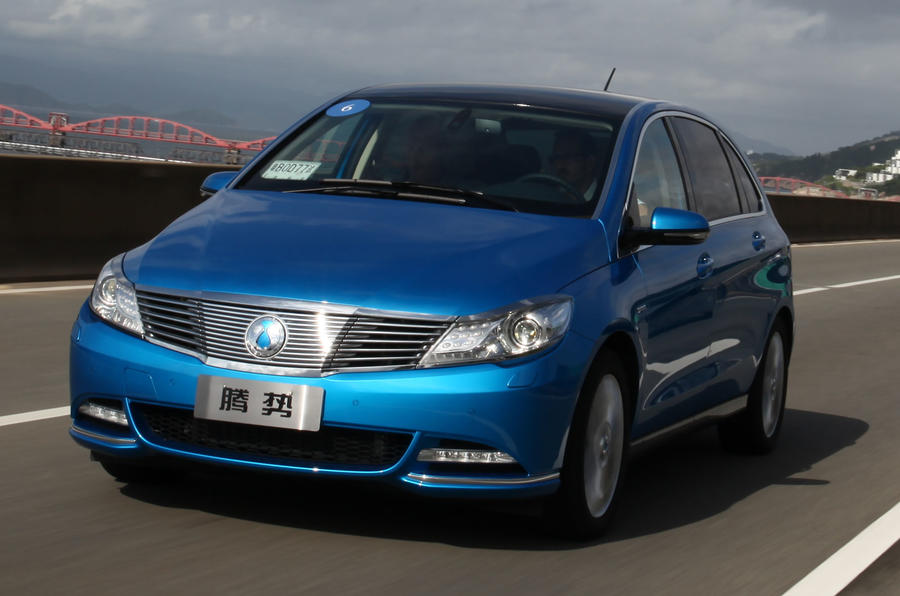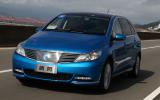What is it?
The new Denza notchback, a practical and (with Chinese government subsidies) relatively affordable electric vehicle developed in a joint venture between Mercedes-Benz parent company Daimler and the automotive arm of Chinese industrial giant BYD.
Although initially conceived on the same underpinnings as the superseded first-generation Mercedes-Benz B-class, the first in what is expected to grow into a limited range of Denza models has ultimately been engineered in China around what is described by Daimler-BYD Auto officials as a “totally unique platform”.
That platform features a longer wheelbase, wider tracks and increased overhangs than its German sibling – measures that provide it with interior space approaching that of the existing Mercedes-Benz E-Class saloon, including a commodious 460-litre boot complete with a full-sized spare wheel.
Power for the weighty 2090kg steel bodied notchback, which was styled under a team headed by Olivier Boulay at Daimler’s Beijing based design studio, hails from a front-mounted electric motor provided by BYD Auto.
With a peak output of 115bhp and 214lb ft of torque, it propels the new car from 0-62mph in a claimed 14.0sec and to a top speed limited to 93mph.
Energy for the electric motor is provided by a relatively large 47.5kW/h lithium iron phosphate battery consisting of 144 individual cells and produced by BYD Auto parent company, BYD Company.
Encased in a cast aluminium cradle and mounted within the floor, it is claimed to provide the Denza with an overall range of up to 208 miles at an average speed of 37mph.





























Join the debate
Add your comment
I see i wasn't alone.....
The picture of the instrument
Come on Autocar, catch up!
The most important matter for EV's is charging. There is not a single word on that matter in your article. How fast can it charge on AC? Does it have DC rapid charging capabilities? If so, how fast? The answers to these questions determine the practability of this car.
If your numbers are correct, the 47,5 kWh battery of the Denza weighs in at about the same weight as the 85 kWh battery of the Tesla Model S! Woozers! This car is nearly as heavy as a Tesla Model S85.
First I thought: 208 mi range, not bad at all. Than I read at 37 MPH. I doubt that the Denza would get a 208 mi range on the overly optimistic Japanese JC08 test cycle. (Tesla Model S85 will give you over 400 mi of range at that speed) You give the impression you drove this car. You must have an indication how realistic this number is, please share.
So the price is 21'000 after incentives. It's a totally useless number unless you know how much these incentives are. I have to admit I am not very familiar with Chinese taxes and incentives so some insight into this matter would make this article so much more informative to read.